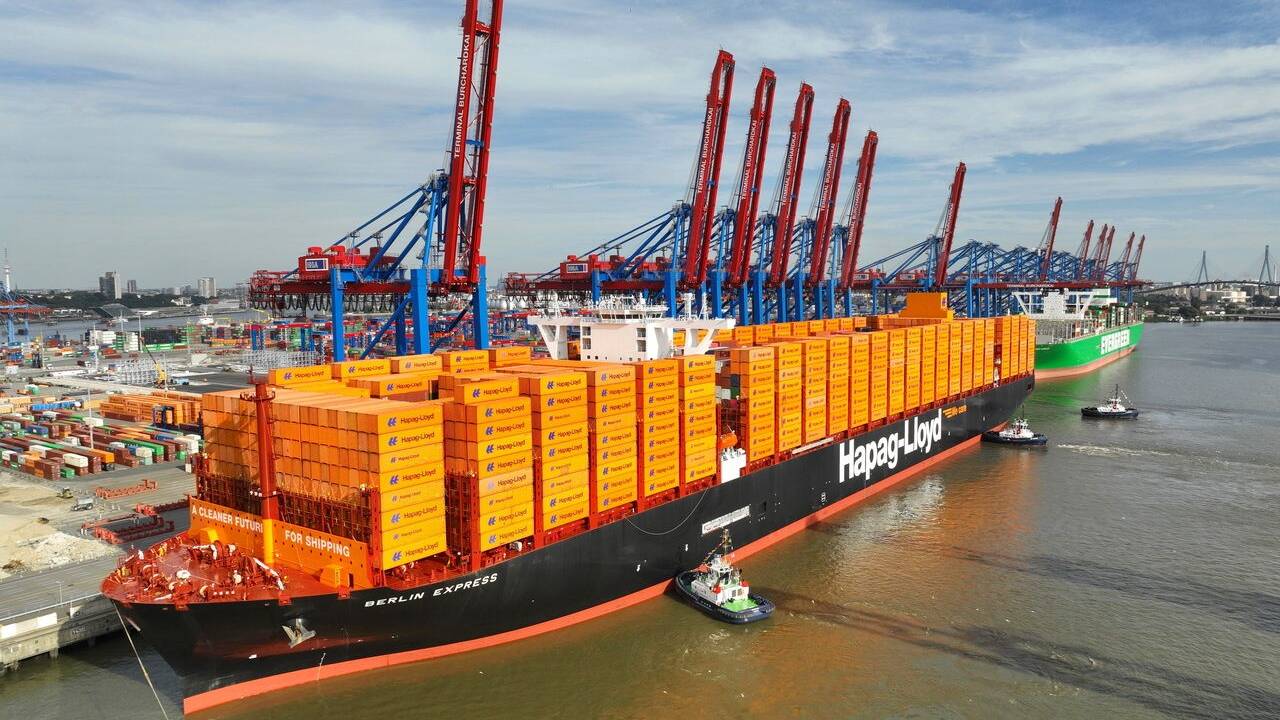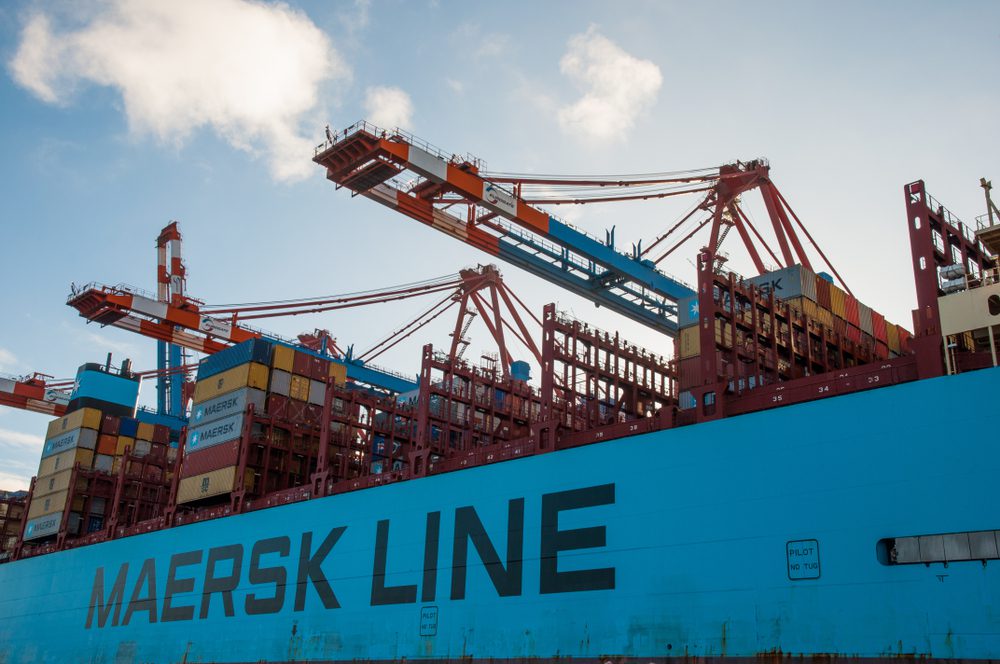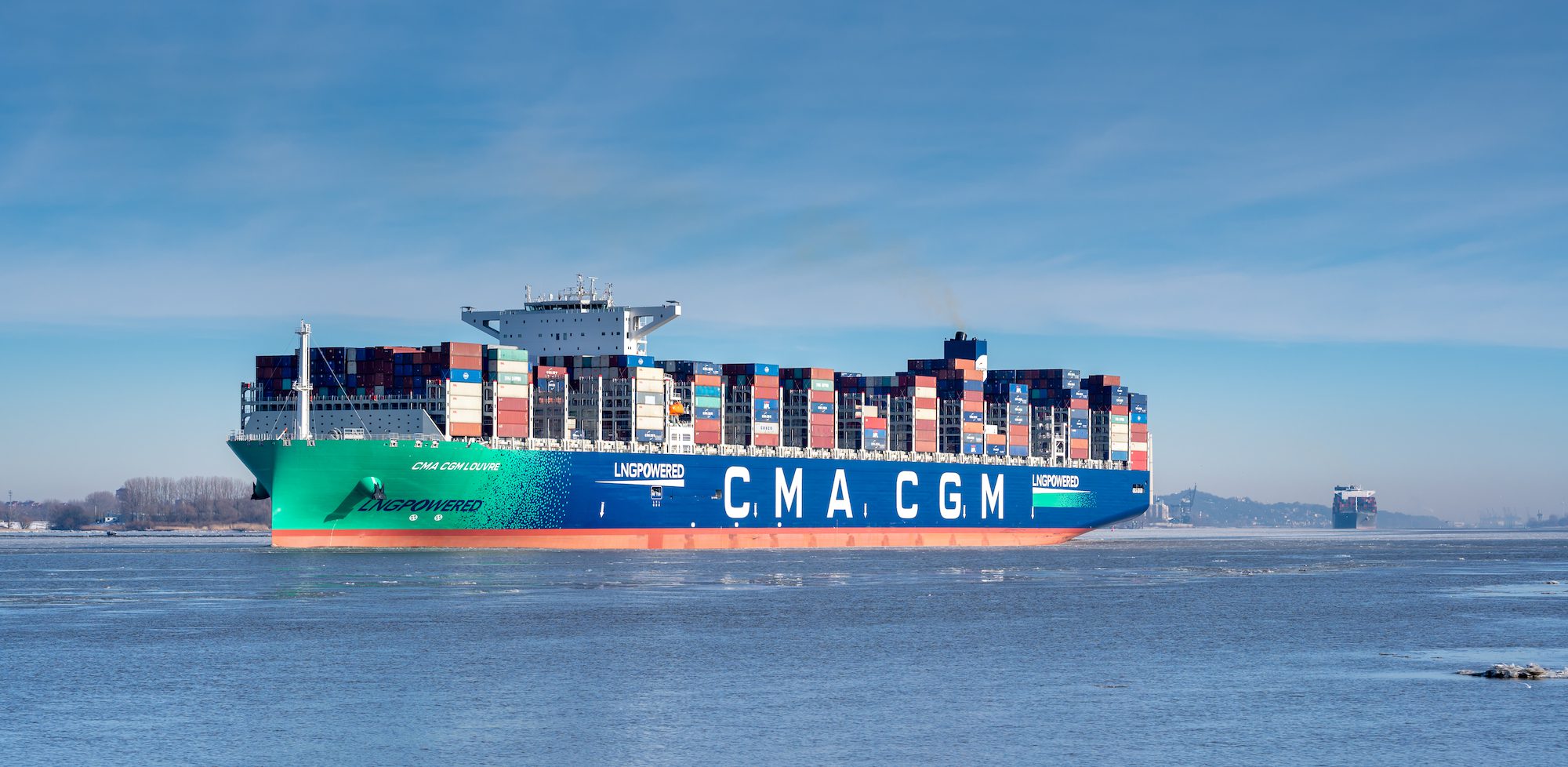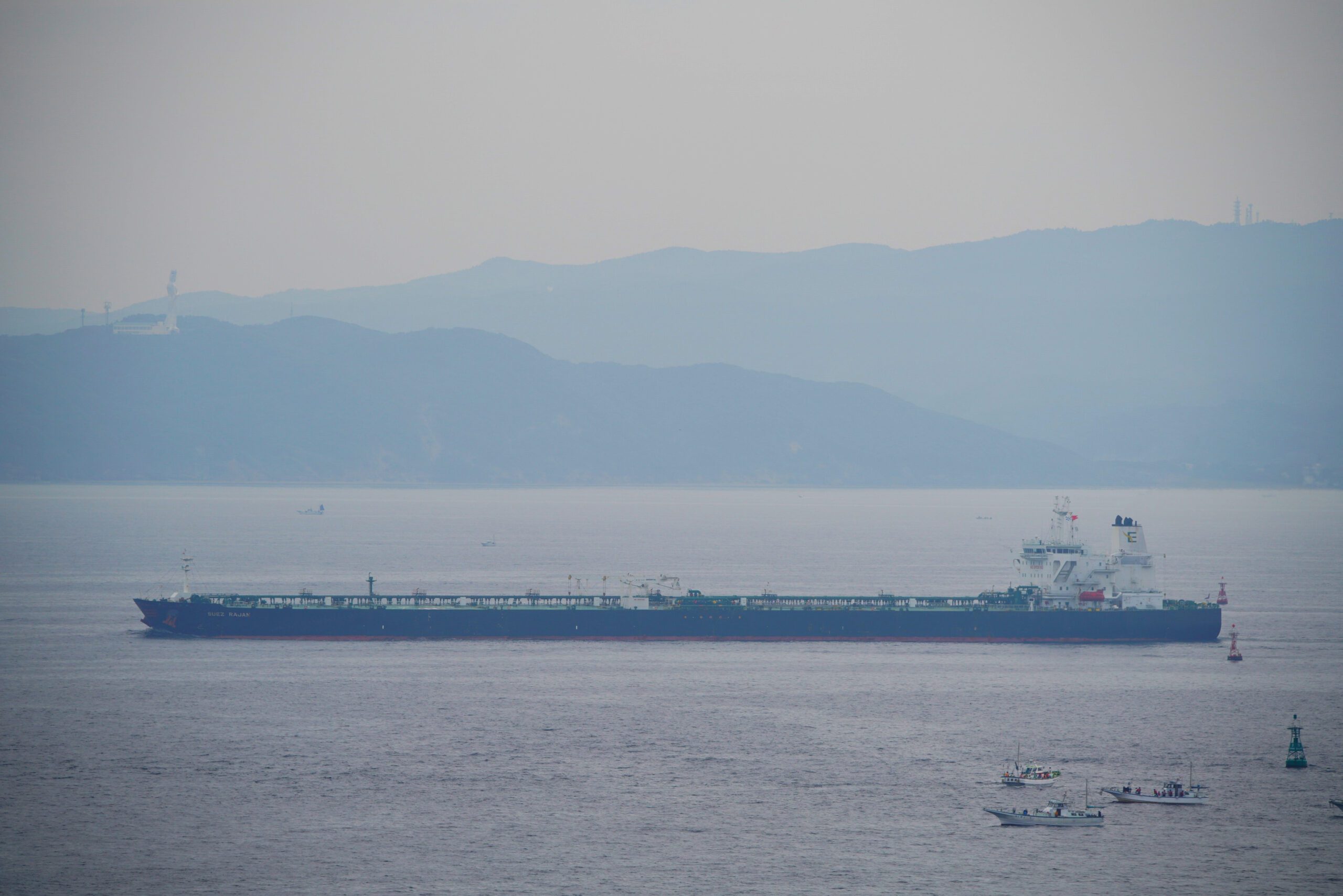By Mike Wackett (The Loadstar) –
Asia-North Europe carriers took advantage of the Chinese national holiday this week to announce new headhaul FAK rates, effective from 1 November, which are double the level currently on offer via the spot market.
Hapag-Lloyd led the way on Monday raising its Asia-North Europe 40ft FAK rate to $1,750, followed by CMA CGM on Wednesday upping its FAK rate to $1,800 per 40ft.
Despite these announcements and the lack of activity in the Chinese forwarding market this week, Asia-Europe spot rates continued to lose ground, with for example the Freightos Baltic Index (FBX) North Europe component falling another 11%, for an average of $910 per 40ft.
The FBX North Europe spot reading crashed 41% in September, to a record low, and is now in unchartered waters.
And there are also cracks beginning to show in the hitherto resilient Asia-Mediterranean tradelane, after carriers piled more capacity into the route. The FBX reading is down another 6% this week, to $1,492 per 40ft, having lost 36% of its value since the beginning of September.
Hapag-Lloyd and CMA CGM also announced FAK hikes for Asia-Mediterranean shipments from 1 November, with their new rates to West Med ports going up to $1,950 and $2,000, respectively.
The Loadstar understands that a deteriorating market situation has obliged HMM to adjust its new standalone Far East-India-Med (FIM) service to bi-weekly. The South Korean carrier redeployed 11,000 teu-type vessels to the FIM service it previously operated on the transpacific.
Asia-Europe carriers announced extensive blanking programmes either side of the Golden Week holiday, but this has proved insufficient to stem the tide of falling rates on the route.
Meanwhile, on the transpacific, the impact of capacity management by carriers voiding and sliding sailings has been more effective in keeping a lid on rate erosion.
Indeed, Drewry’s WCI assessment this week for Asia-US west coast spots recorded just a 1% decline in its average, to $1,998 per 40ft, while the WCI reading for US east coast ports was unchanged, at $2,686 per 40ft.
Nevertheless, despite the better data on the transpacific, Vespucci Maritime’s Lars Jensen believes that the “market is at a crossroads”.
“It is clear the demand does not support the carriers’ deployment of capacity in their current networks,” he said. “It is also clear that the continuing delivery of more new vessels will only make this worse.
“Unless the carriers change behaviour, we could be facing a much more severe downturn in rates in the coming months,” he warned.
Elsewhere, on the transatlantic tradelane, the rate erosion appears to be slowing, with this week’s Xeneta XSI North Europe to US east coast average rate edging down 2%, to $1,339 per 4 ft.
While, the blank sailing strategy on this route, including some being cancelled at the last minute, may have arrested the rate decline, carriers will still struggle to get rates back up to the historical norm of around $2,000 per 40ft.
The Loadstar is known at the highest levels of logistics and supply chain management as one of the best sources of influential analysis and commentary.
Unlock Exclusive Insights Today!
Join the gCaptain Club for curated content, insider opinions, and vibrant community discussions.

 Join The Club
Join The Club













